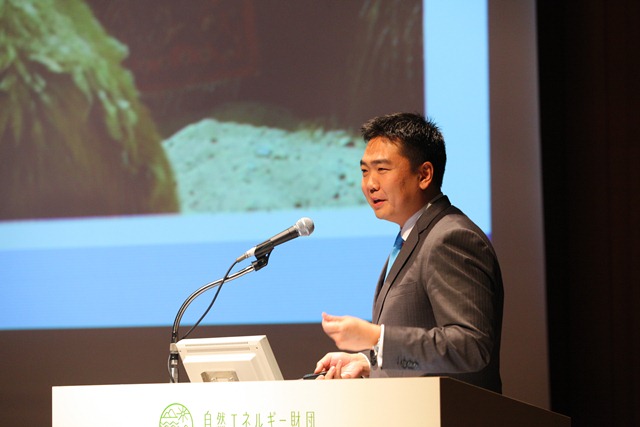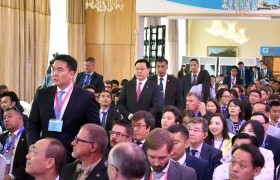
Smart investments: B. Byambasaikhan, Managing Partner, NovaTerra, and Chairman, Business Council of Mongolia, on growth, standards and technology
The economy has made great strides, having grown tenfold over the past decade. In 2013, Mongolians were able to find the answer to a key question: “Where will Mongolia be in 2020, 2030, 2040 and 2050?” For the first time, there is a consensus amongst businesses, media, central and local governments, politics and academia on Mongolia’s roadmap for economic competitiveness. Now, the goal is to reach a AAA credit rating by 2030 and $55,000 GDP per capita by 2050.
There is consensus that growth will be key to improving the lives of Mongolians. Inclusive economic and political institutions are the foundation for this expansion, which will help improve upon our current 11.7% GDP growth.
Private property has been the economic success story of the democratic transition Mongolians have undertaken since 1990. Today Mongolia is a democracy; it is a free country by any such standard. People can start successful businesses in any field, be it in mining or a milk factory. The vast majority of GDP – 80% – is from the private sector, quite an achievement if you think that in 1989, this number was zero.
Now the debate is on how to protect and preserve one’s personal wealth under the law so that business owners can concentrate on creating more wealth and jobs. Businesses wholeheartedly jumped on the president’s “smart government” initiative that was launched at the end of 2013 and endorsed by all political parties. Mongolia’s constitution does a great deal to protect individual and property rights. Most economic laws need to be revised so that the substance fits the constitutional standard. This is a task for businesspeople and politicians to work together to change. After all, it is hard to expect a career politician or a bureaucrat to understand the intricacies of market practices. The very essence of a smart government is to let smart businesses help develop market-accepted policies and laws.
I am a believer that Mongolia will become the region’s energy hub. It has the means to be Asia’s top exporter of clean power. However, in order for this to become a reality Mongolia must increase its competitiveness in the mining sector. By attracting investment and operating safe mines, selling energy to the world’s largest markets, we will build up domestic energy, water and transport infrastructure. To make mining success an economic reality, businesses continue to push for a predictable policy and legal climate so that investors regain confidence in the economy. Local companies now know the pain and gain of being an integral piece of the global commodities market. The only way for Mongolian mining to achieve this is by being “smart”, adopting the best practices and investing in new technologies.
Clean technology will continue to be critical to business growth. From construction to mining to food production, companies are looking for the most energy efficient machines. Energy efficiency is being mainstreamed into production chains. The shortest way to bridge the energy gap is through investing in the right technologies. More and more Mongolian banks are opening energy efficiency credit lines to finance non-traditional and innovative projects. Meanwhile, energy service companies are also beginning to crop up and have been developing smart energy and housing solutions for a rapidly urbanising clientele.
Mongolia is an emerging market that offers entrepreneurs and investors the opportunity to quickly grow a business and build up a portfolio of assets. A growing GDP and declining foreign direct investment has defined 2013. Mongolian businesses have entered the arena of global competition for capital and we realise there is no turning back in this race. Investors will only turn to companies that develop their projects in accordance with international standards, and who adopt best corporate governance practices. We are beginning to appreciate the value of global standards. Go to any investment house in Ulaanbaatar, and an investor will be presented with a pipeline of mining, energy, real estate or manufacturing projects ranging from less than $1m to more than $1bn in size. Progress in upcoming years will be defined by companies that develop quality projects and attract smart investors in the process




























